Hwange life extension to raise power output
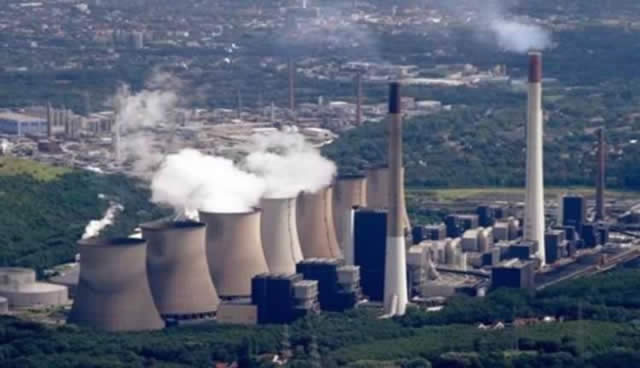
Golden Sibanda Senior Business Reporter
THE Zimbabwe Power Company says the extension of Hwange Power Station’s life span will optimise its output to its design capacity of 920 megawatts for at least another 25 years. This will significantly shore up national generation capacity, which stands at an average of 1 400Mw against requirement at peak periods of demand of 2 200Mw.
Hwange is currently generating an average of 430Mw, meaning almost 500Mw of the original design capacity cannot be utilised as the generation units need an overhaul.
ZPC chief executive engineer Noah Gwariro told journalists last week that the power utility was still carrying out the study to determine areas of the plant it needs to overhaul.
The ZPC boss said Hwange stage one, which has exceeded its economic life by five years, has design capacity of 4x120Mw and was commissioned between 1983 and 1985.
Eng Gwariro said the programme, requiring about $600 million, was likely to be completed in 2018 and would be done in stages to maintain supply to the national grid.
The ZPC boss said there was need to extend the economic life of Hwange Power Station because it had outlived its useful life thereby becoming increasingly unreliable.
“We are looking at extending the economic life from zero to another 25 years; so you will be guaranteed to have capacity of 920Mw for the next 25 years,” he said.
“At a cost of $600 million, you are looking at less than a $1 million per megawatt whereas to put up a new plant you need six years at a cost of $3 million per megawatt. It is therefore more costly to put a new plant than to do life extension.”
Eng Gwariro said it made economic sense to extend the economic life of Hwange for $600 million as setting up a plant of similar capacity would require over $2,7 billion .
ZPC, with assistance from Government, is working on a number of projects to increase electricity generation with Hwange units 7 and 8 and Kariba South the most advanced.
Kariba South hydro power project will increase output by 300Mw while Hwange units seven and eight will add 600Mw to the national grid. Tendering is also underway for a 3×100 solar project and a 120Mw peaking power station in Mutare.
Chinese company, Sino Hydro, won the contracts to expand the Kariba and Hwange seven and eight power plants with excavation in process for the $533 million extension.
Efforts are underway to raise $70 million required for the rebuilding of the Harare Power Station, one of three thermals that feed the national grid. Harare, which had capacity for 80Mw was recently de-commissioned while the two others, Bulawayo and Munyati are generating 24Mw and 29Mw, respectively, compared to their design capacities of 120Mw and 100Mw.
Logistics are also being put together to roll out the Batoka Gorge hydro power project, which is a partnership between Zimbabwe and Zambia for 800Mw.
However, studies have shown that the Batoka Gorge, on the Zambezi River, which divides Zimbabwe and Zambia could have potential to generate significantly more electricity than had earlier been estimated from earlier studies.
Also notable among other projects by independent power producers, to augment supply, is a 30Mw hydro power plant being put up in the eastern highlands of the country.


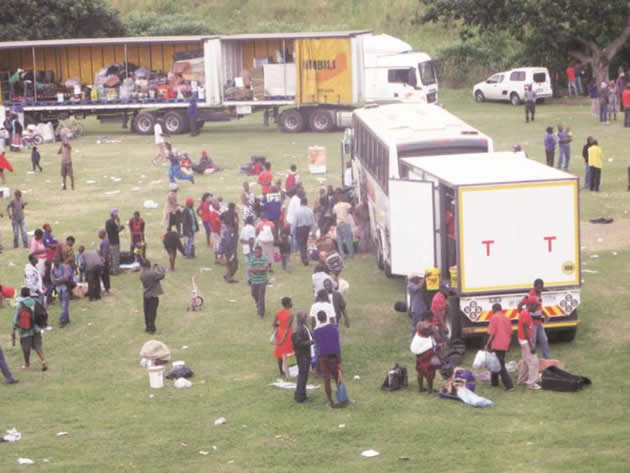

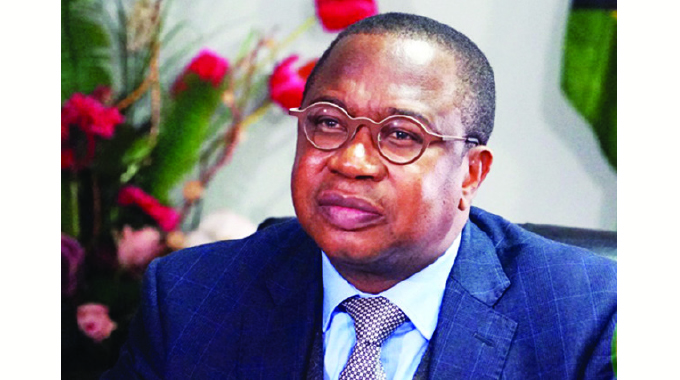
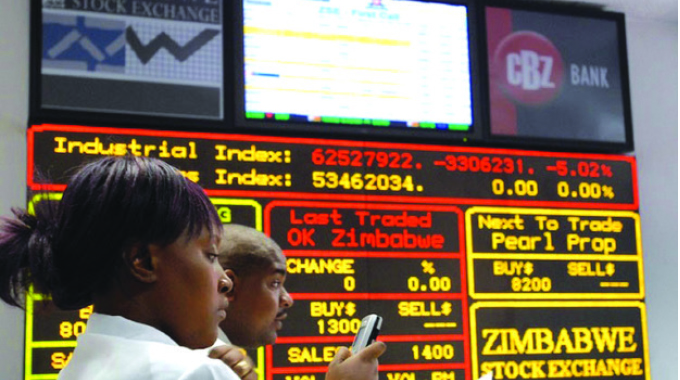
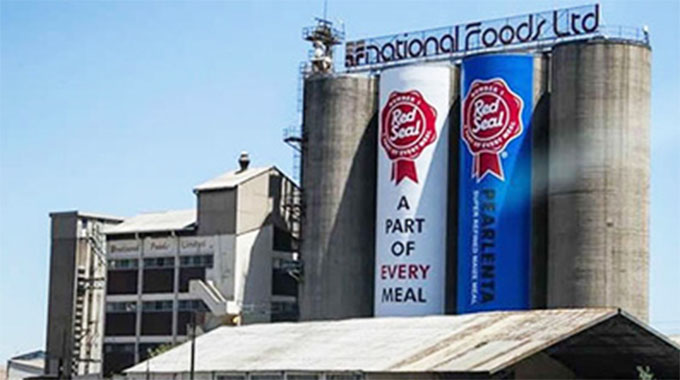

Comments